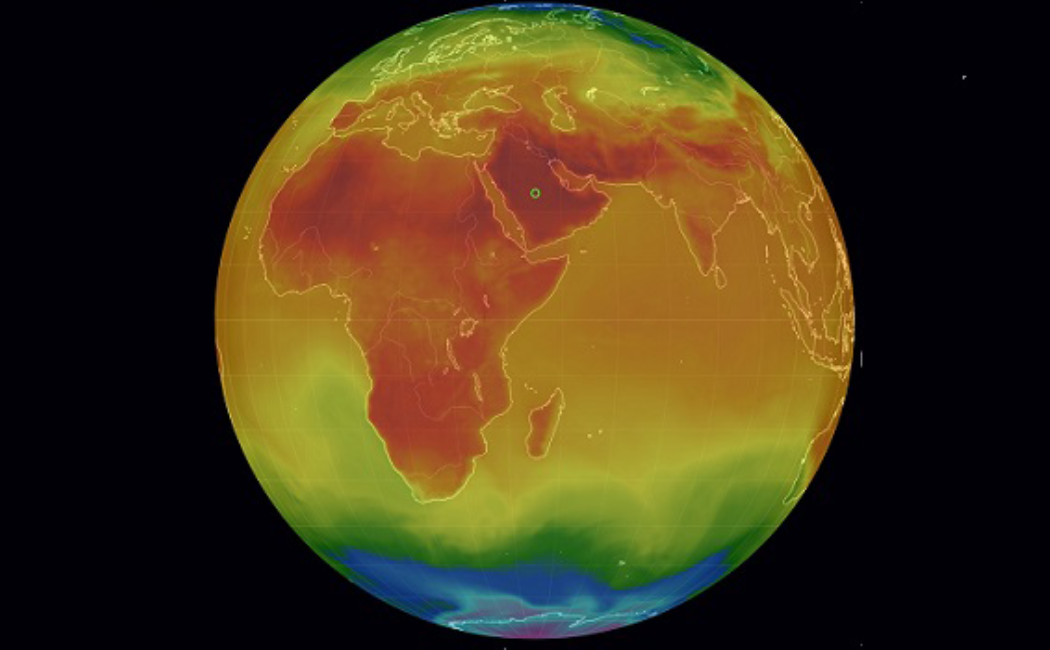


09 December, 2018
A KAUST-led study examines the links between surface air temperatures in the Arabian Peninsula and large-scale circulation patterns. The research, conducted by Raju Attada and Ibrahim Hoteit, identifies a significant warming trend since the 1980s, along with more extreme warming events.
The climate of the Arabian Peninsula is marked by short, wet winters and long, hot summers, which strain freshwater resources. However, the influence of large-scale circulation on this variability has been poorly understood. This study sheds light on the physical processes driving temperature fluctuations in the region.
The team analyzed temperature data from 1960 to 2010 and found that the warm phase of ENSO impacts the southern Arabian Peninsula, leading to warmer temperatures and more extreme heat during summer. Additionally, negative phases of the NAO and AO, associated with weaker pressure systems in the Arctic, transport warm air from the Sahara, causing higher winter temperatures.
These findings are crucial for developing advanced climate models to improve understanding and forecasting of extreme weather events in the region.
🔗 Read more on KAUST Discovery